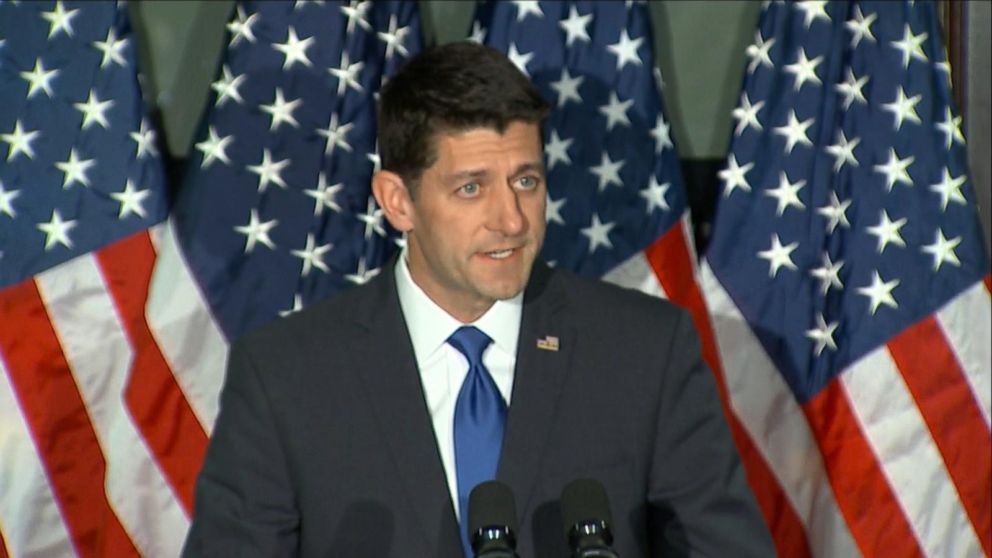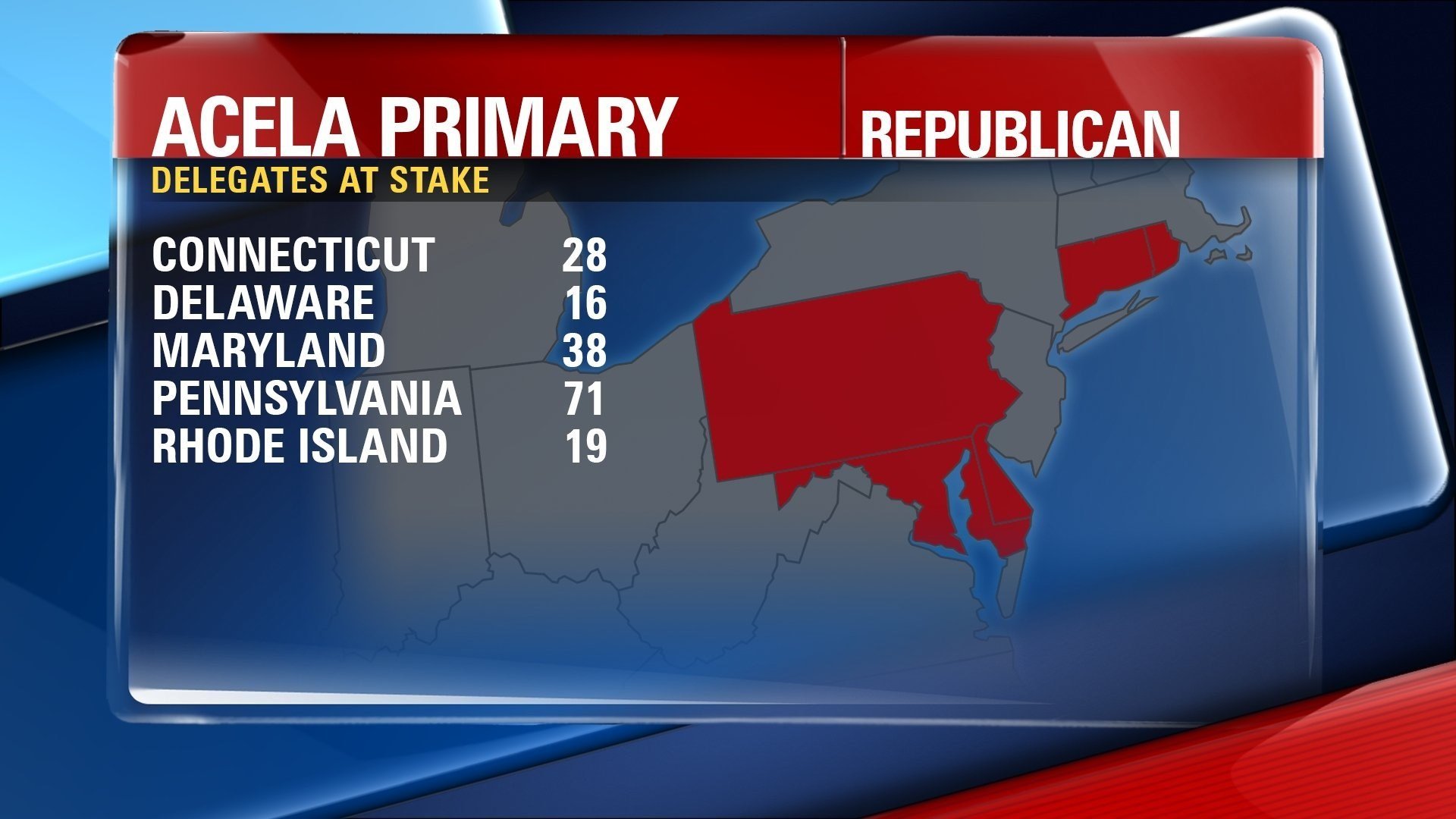Steve is back with why the party is over for the GOP...
You want to read about the presidential campaign? Wow, you are sooooo March! Get with the program; we’re busy vetting VP lists. I just bought a tranche of Julián Castro futures and I’m thinking of hedging with some Corey Booker swaps.
You want to read about the presidential campaign? Wow, you are sooooo March! Get with the program; we’re busy vetting VP lists. I just bought a tranche of Julián Castro futures and I’m thinking of hedging with some Corey Booker swaps.
Yes, the curtain on Act I has now come down, and the party
is over for Bernie, Ted, and what’s his name from Ohio.
A very brief word on the Dem side: If the
primary results in Connecticut, Pennsylvania, Delaware, Maryland, and Rhode
Island don’t transport the Bernie Babies off their Fantasy Island, then Millennials
must be more anti-science than a Ted Cruz environmental white paper. Apparently
if you feel the Bern, you somehow
believe that global warming is real but arithmetic is not. Bernie’s current “path
to victory” makes Harrison Ford’s escape in the opening sequence of “Raiders of
the Lost Ark” look eminently plausible by contrast.
Bernie, we sense, is right on the cusp of his “Back to the
Future” moment, in which he risks plunging from his hard won stature of
“idealist on a powerful mission” back to his crazy “Doc Brown” doppelgänger, a wild-haired crank from
Vermont who needs lots of plutonium and can’t let go of the microphone. He must now focus on the timing, message, and
negotiation of his exit in order to take advantage of any leverage he still yields to impact the party
and platform. If he insists on riding
this horse all the way to California, his grand departure from the national
stage is literally going to happen at 3:00 am East Coast Time on C-Span 3. At
that point -- having crushed him in the final delegate count -- Hillary may
send him a conciliatory text through one of her twenty-something social media
tweeters.
But on the Republican side, there is an
entirely different and seismic meaning in the phrase “the party’s over.” Donald
Trump’s mind-blowing landslides in yesterday’s five contests did not simply
scream that the party is over for Cruz and Kasich. It signaled that, well, the party is over. Trump now has the time,
the muscle, and the motive to remake the Republican Party in his image.
Donald Trump has won this nomination not only without the
support of any traditional party resources, he has won it in spite of the fact
that the traditional “establishment” has used every possible angle and trick –
clean and dirty -- to block him. Donald
Trump has not simply beaten Ted Cruz, that fuzzy grandpa guy, and 14 other “losers!!” -- he has beaten the
Republican Party. Whatever entity it is that he ends up accepting the
nomination from, it most certainly is not the Republican Party in any form
we’ve ever known it. Indeed, in honor of our great national loss last week,
let’s call Trump’s political affiliation “the Party formerly known as
Republican.”
For the last eight months, the Republican Party has been an
epic street war between the Trumps
and Bluebloods.
The original establishment candidates were crushed in
Donald Trump’s initial media blitzkrieg, as a parade of resume-toting centrists
took turns playing the “great trite hope” before Trump labeled them low energy
midgets; humiliated them in sequence, often in their own home turf. The party’s most landed gentry – Mitt Romney
and Barbara Bush – were trotted out for the specific purpose of turning up
their perfect patrician noses at the horrific manners of the would-be hair to their throne. Together, these two party icons had all the
impact of nerf balls flung by five-year-olds during kindergarten recess.
 The party apparatus then began operating incognito under the hashtag “#StopTrump,”
holding its nose and pretending to be genuinely enthusiastic about Ted Cruz
while desperately gaming any and every scenario that could leave Donald Trump
one delegate short of 1237.
The party apparatus then began operating incognito under the hashtag “#StopTrump,”
holding its nose and pretending to be genuinely enthusiastic about Ted Cruz
while desperately gaming any and every scenario that could leave Donald Trump
one delegate short of 1237.
The most recent #StopTrump fiasco was a hastily arranged
marriage of inconvenience between Ted Cruz and John Kasich, who appeared to
have signed the “Appeasement at Eunichs,”
each agreeing to stand down in certain states to increase the other’s odds
of beating Trump in a mano-a-mano
battle. Unfortunately, your average Syrian cease-fire lasts longer than this
ill-conceived Hail Mary pass.
But after many tactical blunders, the “#StopTrump” movement
was finally “fixed” last week; sadly not, however, in the meaning of being
“corrected,” but rather in in the sense of what
veterinarians do to cats. In a relatively unheralded moment, House Speaker
Paul Ryan issued a sweeping, comprehensive, and massively consequential missive
renouncing any possibility that he would accept the nomination in a brokered
convention.
The effect of his announcement was far more significant
than the modest press it received. Paul
Ryan is literally the only person in the Republican Party who has the stature, role,
gravitas, name recognition, and broad-based respect to have the slightest wisp
of a chance of emerging as a consensus candidate in a brokered election. The
only other name that had even been floated was Mitt Romney, which is a bit like
taking the accurate but nonetheless flawed position that the most certain way
to put an end to your cancer is to have a massive heart attack.
As long as Paul Ryan was there, waiting in the wings, ready
to catch the ball and run with it, the #Stop Trump people could effectively
argue that a vote for Ted Cruz was
actually a vote for Paul Ryan: voting for Cruz was the surest way to ensure
the brokered convention in which the establishment could snatch the nomination
away from Trump and hand it to Paul Ryan.
With Ryan gone, everyone suddenly realized that a vote for
Ted Cruz was now actually a vote for Ted
Cruz, and that gaming the system to ensure a brokered convention could actually
lead to the nomination of Ted Cruz.
As we have gradually learned more about Ted Cruz over the
long course of the campaign, we have come to see that he has the properties of
a radioactive isotope, killing in only small doses of exposure, virtually
impossible to dispose of, and capable of creating a toxic mess that could last
for centuries. His wholly unintentional contribution to undermining the
“#StopTrump” movement has been to expertly game the arcane state-by-state rules
for delegate selecton, prying off a delegate here and there through
parliamentary tactics and schmoozing local party hacks. This was manna from heaven for Trump, who proceeded
to nail Cruz as just another establishment player who bends the rules to thwart
the will of the people.
What a gift! Trump could literally spend news cycle after
news cycle saying that both Ted Cruz -- and the Republican Party that created
the rules -- were desperately trying to rig the system against Trump and his
supporters.
Enjoy your Ted Cruz pretzel with considerable relish: he has
twisted himself into the anti-establishment “outsider” now feverishly
manipulating the establishment’s self-serving party rules in order to
delegitimize the delegates of another “outsider” candidate. I have waited a
lifetime to use the word “antidisestablishmentarianism” in a real sentence, and
this may be about as close as I get.
 Yet another exhibit in this parade of establishment folly
is John Kasich, who justifies his decision to persevere in this campaign on the
basis of polls that indicate that he has a better chance of beating Hillary
Clinton in the general election than Donald Trump.
Yet another exhibit in this parade of establishment folly
is John Kasich, who justifies his decision to persevere in this campaign on the
basis of polls that indicate that he has a better chance of beating Hillary
Clinton in the general election than Donald Trump.
Yes, the man who has competed in 38 primaries and only won
his home state is now claiming that the essential rationale of his campaign is
his electability. Tell me where I am
wrong, but if you boil this proposition down to a single sentence, it comes out
like this: “Vote for me; my opponent has beaten me 37 of 38 times, but I am
more electable.” Friends, the 1962 Mets – arguably the universal metaphor for
abysmal failure -- actually won 40 of their 162 games. But there you have it:
the sole surviving remnant of the Republican “establishment” is a man who
figures that in a brokered convention, the best guy to turn to is the candidate
who has literally lost more primaries in one election cycle than anyone in the
history of the United States.
Please allow me to simplify where things stand
in the Party formerly known as Republican.
It’s been clear for a very long time now that what we once
called the “Republican Party” is not a “Big Tent” but rather a sprawling array
of trailer parks adjacent to one incredibly rich suburb.
There are three flavors to the Republican Party:
- An anti-Federal government wing, that rails against out-of-touch Washington bureaucrats who get nothing done.
- A socially conservative and philosophically doctrinaire wing that places enormous importance on Christian faith and conservative ideological purity.
- A “moderate” republican; the economically conservative but socially centrist element that now exists largely so Republicans have a chance of competing in Blue States.
I am neither a political scientist nor a credentialed
commentator. I have spent my career in advertising and marketing. In my world, the Donald Trump “phenomenon” is
actually relatively straightforward Marketing 101.
If you want to be the leading brand in any category, you
have to figure out what is most important
to the most people, and then deliver
it better than anyone else.
“Coke
refreshes you best.”
“It’s
everywhere you want to be.”
“When
it absolutely, positively has to be there overnight.”
Marketing maven Donald Trump divined three simple facts.
- The largest of the three flavors of the Republican Party was the first: the broad disgust with the Federal Government. He set his sights on the most people; the biggest slice of the pie.
- He then figured out what was most important to them: that these people not only felt that Washington lifers were out of touch, but that their ineptitude had actually been destructive to their lives. Washington has lost jobs to China, Washington has allowed illegal immigrants to steal jobs, Washington has allowed foreigners to terrorize us, Washington took us to stupid wars in the Middle East.
- He told this group of Republicans that he would be better at solving their problems than anyone else. He’d build a wall. Renegotiate “stupid” trade deals. Ban Muslims. He told the world that the sainted Bush family had soiled America with its horribly conceived war in Iraq.
It may not be pretty, but it is Marketing 101.
Who is Ted Cruz? He’s the guy who positioned himself as the
champion of the second largest group. And now he has the second most delegates.
Duh.
And the crazy guy from Ohio? He stayed in the race thinking that the third
group – the centrist group – would inevitably reveal itself to be far larger
than it ever was. Yes, he is the guy who
has won one out of 38 states, and actually has fewer delegates than Marco
Rubio, who was the only “centrist” who ever had a real chance.
In July, there’s going to be a big convention in Cleveland.
There will be a roll call of states, and party functionaries will announce the
delegate counts in the great state of this and the proud state of that.
Balloons will fall from the ceiling. There will be images of elephants,
graphics that depict the “G.O.P.” Rance
Priebus will bloviate about how the Republican Party has come together to
support their candidate, Donald Trump.
The truth is very different. Donald Trump has overthrown
the Republican Party. The Party has not come together to support Donald Trump,
Donald Trump has created his own party and is now allowing traditional
Republicans, tails between their legs, to kiss his ring. There is a profound
rebranding taking place, and we will now witness the process of a party completely
remaking itself under new leadership. The
hostile takeover is complete, and Donald Trump – the pure-play outsider – has
been given the keys, and now he will decide what aspects of old-style
Republican dogma will stay and what will go.
The curtain on Act I has fallen; Act II will take us
through Cleveland, where we will see the birth of the new party. The King is dead;
long live the King.
And you won’t need a Prince to tell you that it will be the
Party Formerly Known as Republican.


